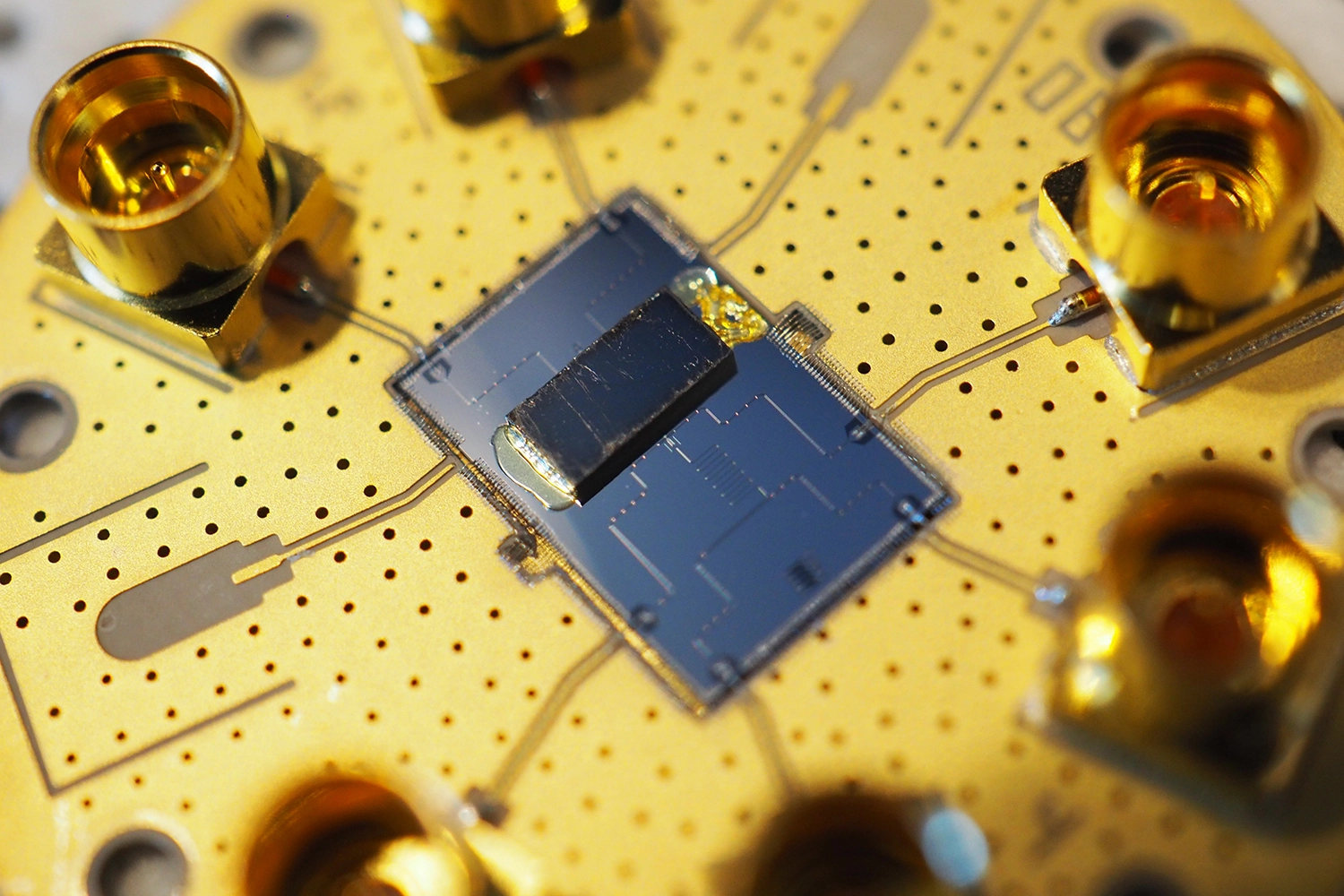Stanford University researchers have invented a critical experimental device for future quantum physics-based technology that borrows from the most basic mechanical devices that are used on a daily basis. Researchers have attempted to extend the advantages of mechanical systems down to the microscopic sizes of the enigmatic quantum realm, where atoms delicately interact and behave in unexpected ways.
Acoustic devices are reliable, small, durable, and efficient. They use mechanical motion to do useful things. Stanford researchers hope to develop enhanced computing and sensing devices by extending the benefits of mechanical devices into the quantum domain.
One good example of a mechanical device is called the mechanical oscillator. The concept is that when it is displaced by a force, just like a sound, it starts to move back and forth from its original point. Creating this periodic motion is a good way to keep track of time, filter signals, and sense motion in things like phones, computers, and watches.
Stanford researchers led by Amir Safavi-Naeini have revealed new possibilities in this regard by linking tiny nanomechanical oscillators with a sort of circuit that can store and process energy in the form of a qubit, or quantum “bit” of information. The researchers can modify the quantum state of mechanical oscillators using the device’s qubit, yielding quantum mechanical effects that could one-day power powerful computing and ultraprecise sensing devices.
With this device, we’ve shown an important next step in trying to build quantum computers and other useful quantum devices based on mechanical systems. We’re in essence looking to build ‘mechanical quantum mechanical’ systems.
Safavi-Naeini, an associate professor in the Department of Applied Physics at Stanford’s School of Humanities and Sciences.
Alex Wollack and Agnetta Cleland, both Ph.D. candidates at Stanford, were the study’s joint first authors and drove the effort to construct this new mechanics-based quantum technology. They built hardware parts on two silicon computer chips with nanometer-level precision. When the chips were put together, they were sandwiched together. Part of their design was an aluminum superconducting circuit placed at the bottom of the chip that makes up the qubit. When microwave pulses are forwarded into the circuit, it creates photons (particles of light) that will make up a qubit of information in the device.
Unlike conventional electrical devices that can only store voltages indicating 0 or 1, quantum mechanical devices can store weighted combinations of 0 and 1. This is because of superposition, a quantum mechanical phenomenon where a quantum system exists in several quantum states until measured.
The way reality works at the quantum mechanical level is very different from our macroscopic experience of the world
Safavi-Naeini, an associate professor in the Department of Applied Physics at Stanford’s School of Humanities and Sciences.
The top chip has two nanomechanical resonators made of suspended bridge-like crystal structures a few tens of nanometers long. The crystals are composed of piezoelectric lithium niobate. The electric field conveyed by the qubit photon is transformed into a quantum (or single unit) of vibrational energy termed a phonon.
Just like light waves, which are quantized into photons, sound waves are quantized into ‘particles’ called phonons and by combining energy of these different forms in our device, we create a hybrid quantum technology that harnesses the advantages of both.
Agnetta Cleland, a PhD candidate at Stanford
The dream is to make a device that works in the same way as silicon computer chips, for example, in your phone or on a thumb drive, where registers store bits. And while we can’t store quantum bits on a thumb drive just yet, we’re showing the same sort of thing with mechanical resonators.
Safavi-Naeini, an associate professor in the Department of Applied Physics at Stanford’s School of Humanities and Sciences.
Read more about the news here.

